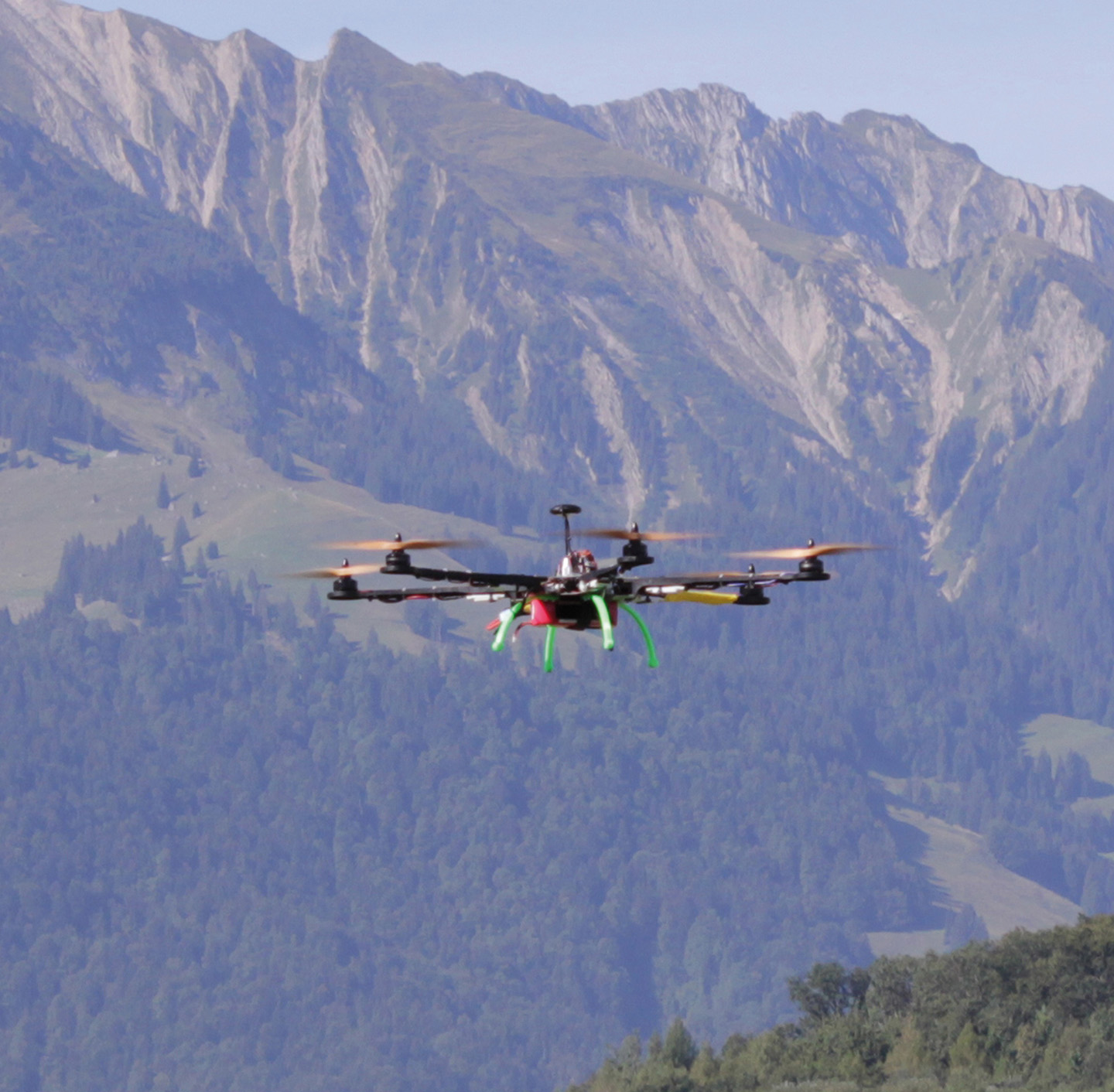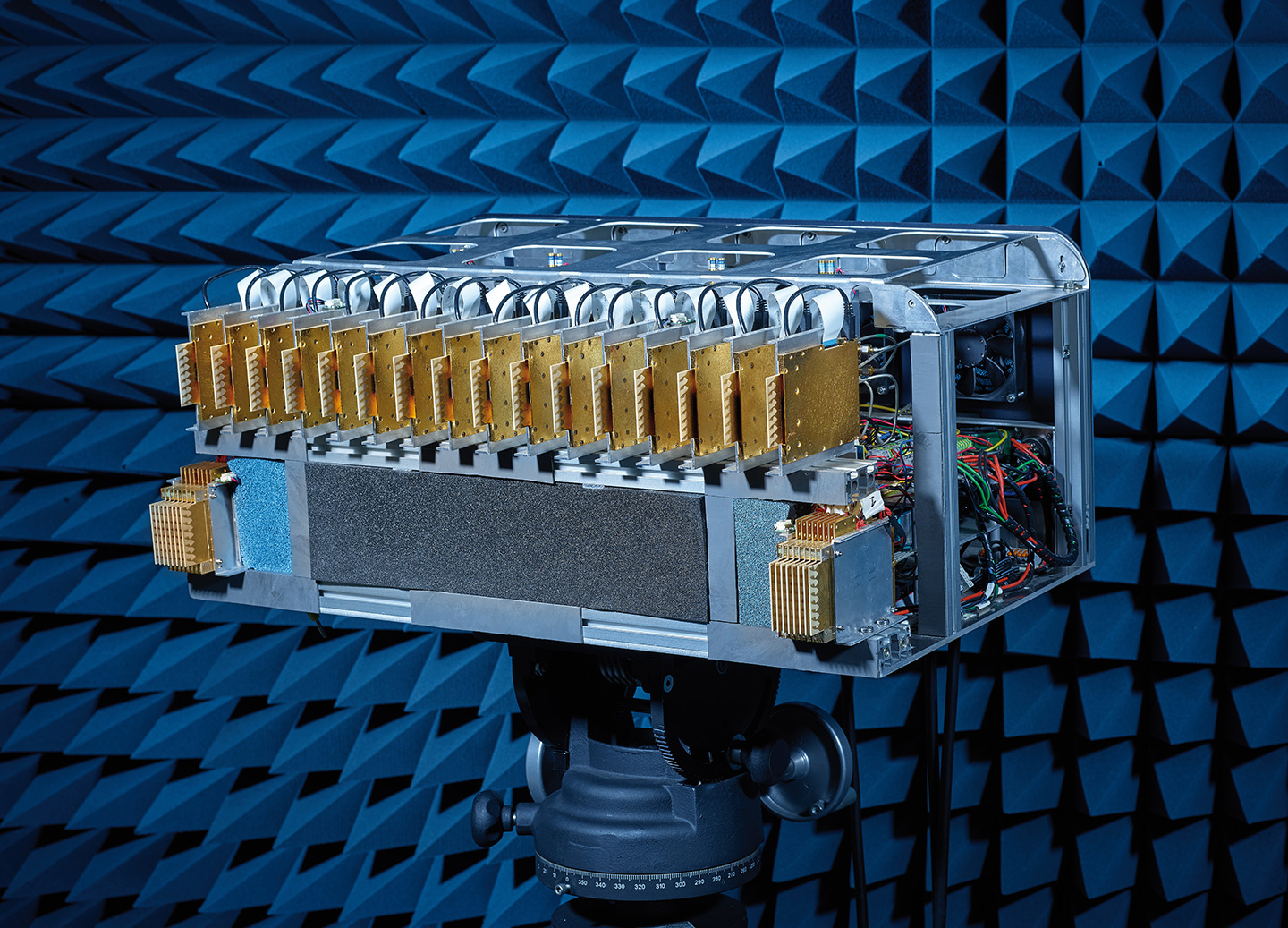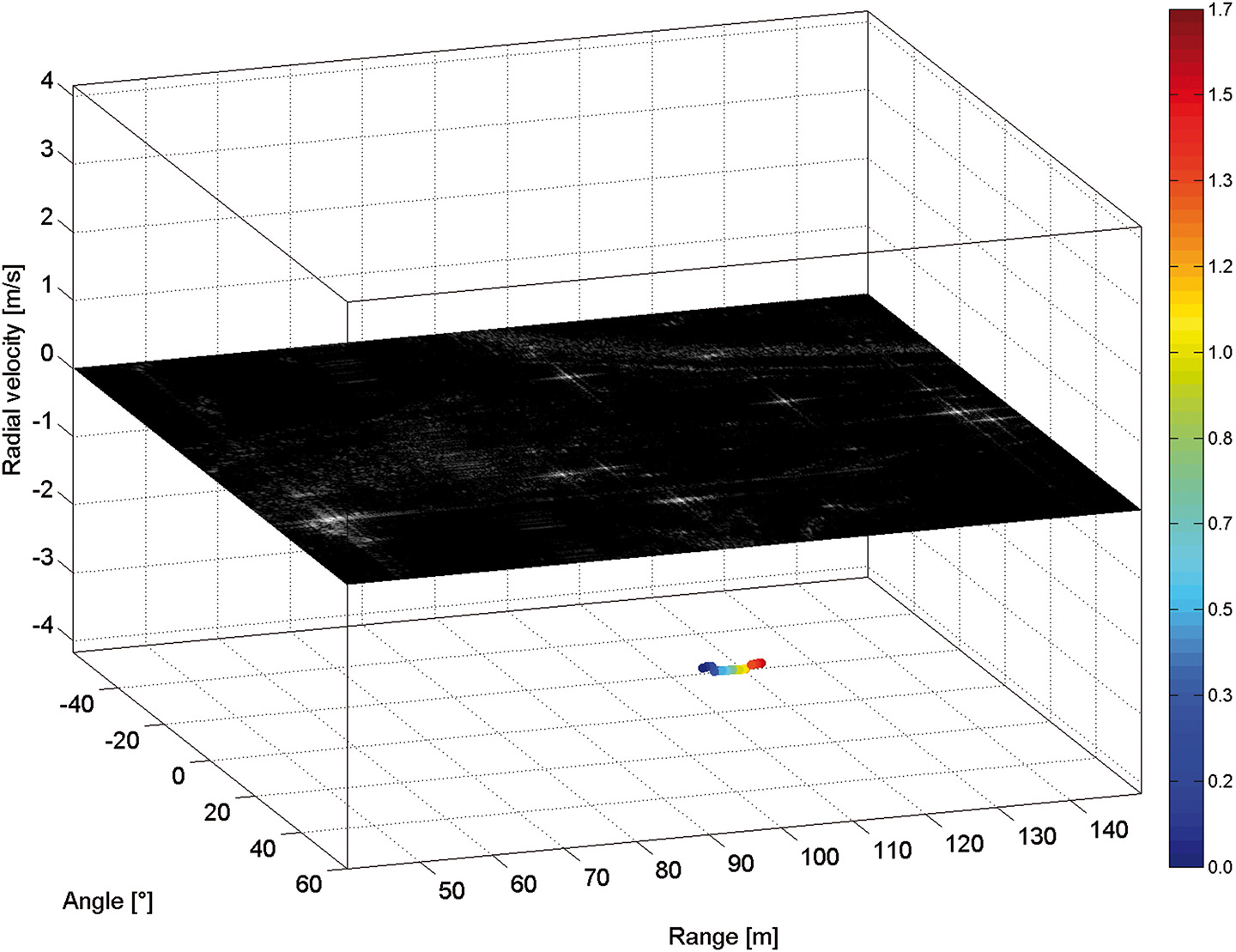DRONE DETECTION WITH MIMO RADAR



Approximately 300,000 drones are sold every month worldwide. They are technologically advanced and can be used for a wide range of applications but also pose a significant security risk. State-of-the-art MIMO radar systems help to reduce this risk.
The dramatic increase in the number of drones, also known as UAVs (Unmanned Aerial Vehicles) sold worldwide has led to the opening of new application areas. They offer valuable assistance to the military in the course of surveillance and reconnaissance missions and are used, for example, for aerial photography, environmental monitoring, police surveillance, disaster relief or in the hobby sector. UAVs can be remotely controlled with extremely high precision. This is also the case when there is no visual contact thanks to live video transmission to the operator's data glasses. With their inherent position determination capability (e.g. using GPS), UAVs can also follow a predetermined flight path. And not only that: equipped with sensors, they can even identify a temporally changing environment, autonomously evade obstacles, avoid sudden obstructions and react adaptively to situations thus making them ideal for highly complex missions without human intervention.
The flip side, however, reveals significant security risks that did not exist in the pre-drone era. A malfunction of the control unit or the failure of individual motors could make the UAV uncontrollable resulting in collisions with humans, transport routes or critical infrastructure leading, in the worst case, to a disaster. Moreover, the deliberate use of UAVs, e.g. for espionage purposes or as carriers of highly toxic substances or explosives for terrorist attacks has also become child's play thanks to modern technology. Creativity and state-of-the-art technology are essential to protect against UAVs that intentionally or unintentionally pose a danger. Various approaches to detect and defend against approaching UAVs are currently being examined worldwide.
Radar sensors are ideal for the detection, tracking and feature identification of UAVs. They work by day and night and can be used in all weather conditions. They are capable of measuring the exact distance to the UAV and can also determine the speed of the object. Both of these parameters are very important for threat assessment and, if necessary, intervention.
In contrast to other radar systems, MIMO systems (multiple-input multiple-output) have special features that make them predestined for UAV detection. They are fully electronic and therefore require minimal maintenance compared to mechanical solutions. Costs can also be significantly lowered due to the reduced number of transmit and receive elements compared to a fully populated phased array. Moreover, a MIMO radar system illuminates a large solid angle range at any given time with the result that practically any required number of UAVs can be detected, tracked and classified at the same time (e.g. UAV swarms). A MIMO radar system is, so to say, an imaging system and therefore facilitates the utilization of change detection methods. Hence, UAVs that hover on the spot or creep slowly along a row of houses can also be detected. The measurement of the smallest motion characteristics of a UAV, e.g. the rotation of the individual rotors or the vibration of the chassis even allows the determination of the UAV type (quadcopter, octocopter etc.) from a large distance. This information is extremely helpful during threat assessment, e.g. to determine whether or not the approaching UAV is capable of carrying heavier loads, such as explosives.
Thanks to the combination of various signal processing methods, the MIMO radar system will be a powerful tool in the fight against dangerous UAVs. The first proof-of-concept experiments, commissioned by armasuisse in Switzerland, produced very promising results. UAVs which flew different maneuvers at different speeds, in some cases between trees or directly in front of buildings, or which simply hovered in a multiple moving target scenario were reliably detected. Future MIMO radar systems developed specially for the detection of UAVs will make a significant contribution to reducing the threat posed by dangerous UAVs.